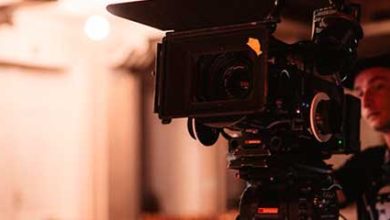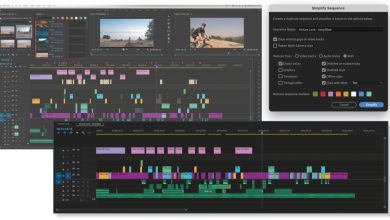Phases of the dubbing process

The key piece on which the dubbing process is based is, as you can imagine, the Original screenplay of the audiovisual piece on which they are going to work. Also called script either continuity It is the book that contains the dialogues of the film. Facing a dubbing, we must distinguish between the following types of scripts:
- Shooting script: it is not usually used for dubbing. There are films that, due to requirements for the premiere, are dubbed with the filming unfinished.
- Dialogue script: it usually includes all the dialogues of the film and, normally, also the footage or footage specifying the exact point where each scene takes place. It is not usually the best script to use in dubbing unless it is accompanied by a list of instructions that, for example, clarify expressions used in the original version of the series or movie.
- Dialogue script combined with the list of subtitles: It is the most suitable for dubbing. In one column goes the text of the dialogues and, in another, the text of the subtitles.
Requirements for a good dubbing
one- correct interpretation: The goal is that, although at first the viewer recognizes the voices, then they forget that it is a dubbing of the original version.
two- The dialogues must be rich: the original script sets the tone. Each character must express himself as appropriate according to her idiosyncrasy (sex, age, culture, social status, profession, etc.).
3- Without linguistic anachronisms: this in the case of historical films. Geographic names must appear with their equivalent in the language of the dubbed version.
4- No local expressions.
5- Properly mixed.
Lastly, the translation It is another of the main pillars on which a dubbing rests. It should be as faithful as possible to the original language, but not excessively literal.







